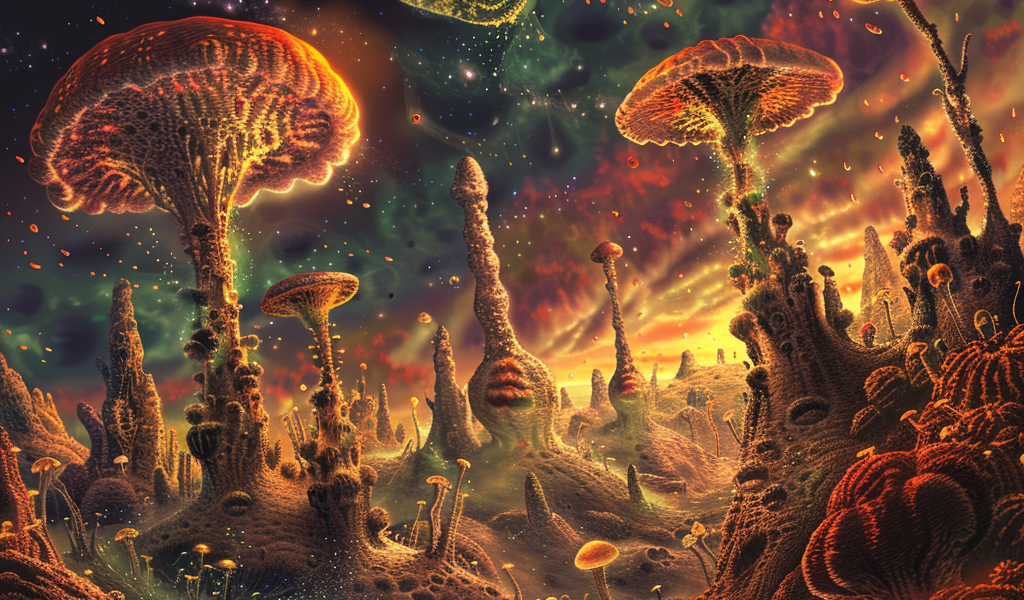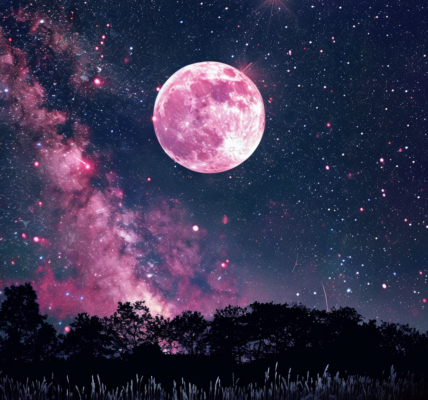The search for alien life is a captivating quest that has intrigued humanity for ages. The question of whether we are alone in the vast universe has fueled the imagination of both science fiction enthusiasts and researchers. However, the reality of extraterrestrial life may be far more diverse and intriguing than the conventional depictions seen in movies and TV shows.
Contrary to the popular image of little green men or menacing creatures, experts suggest that aliens, if they exist, are unlikely to resemble anything we are familiar with on Earth. The unique environmental conditions of distant moons and exoplanets could shape the physiology of alien life forms in ways that are beyond our imagination.
According to Adam Frank, a professor of astrophysics at the University of Rochester, aliens living on planets with dense atmospheres might evolve to fly through the sky as their primary mode of transportation. On the other hand, in worlds with high gravity, these extraterrestrial beings could develop sturdy bodies akin to elephants, adapting to their challenging environment.
Valentina Erastova, a chancellor’s fellow of chemistry at the University of Edinburgh, proposes that alien life might thrive underground in response to high levels of radiation not absorbed by an ozone layer. In such scenarios, subterranean life forms could resemble simple multicellular organisms like fungi. While we often see the visible parts of fungi above ground, the majority of their existence occurs beneath the surface in intricate networks of roots.
Furthermore, research published in the journal Monthly Notices of the Royal Astronomical Society in 2019 suggests that aliens exposed to extreme ultraviolet (UV) radiation might possess unique adaptations. These extraterrestrial beings could potentially glow in vibrant hues such as red, blue, or green as a protective mechanism against harmful UV rays. Similar to certain corals on Earth, these alien organisms might have specialized proteins or pigments that absorb UV light, causing them to emit a safer visible light.
The quest to uncover the mysteries of alien life continues to captivate scientists and enthusiasts alike. While the depiction of aliens in popular culture often falls short of the potential diversity and complexity of extraterrestrial beings, the exploration of distant worlds and their inhabitants remains a fascinating frontier for scientific inquiry.





